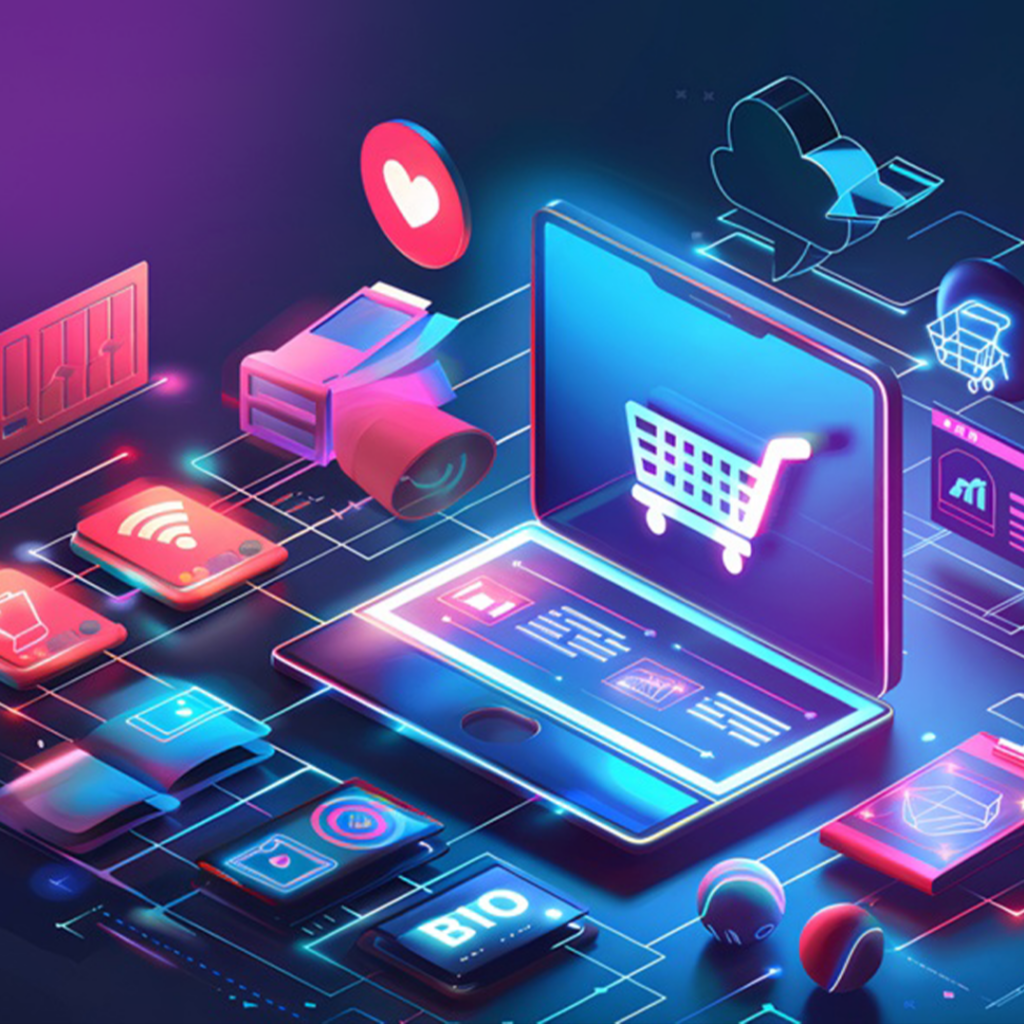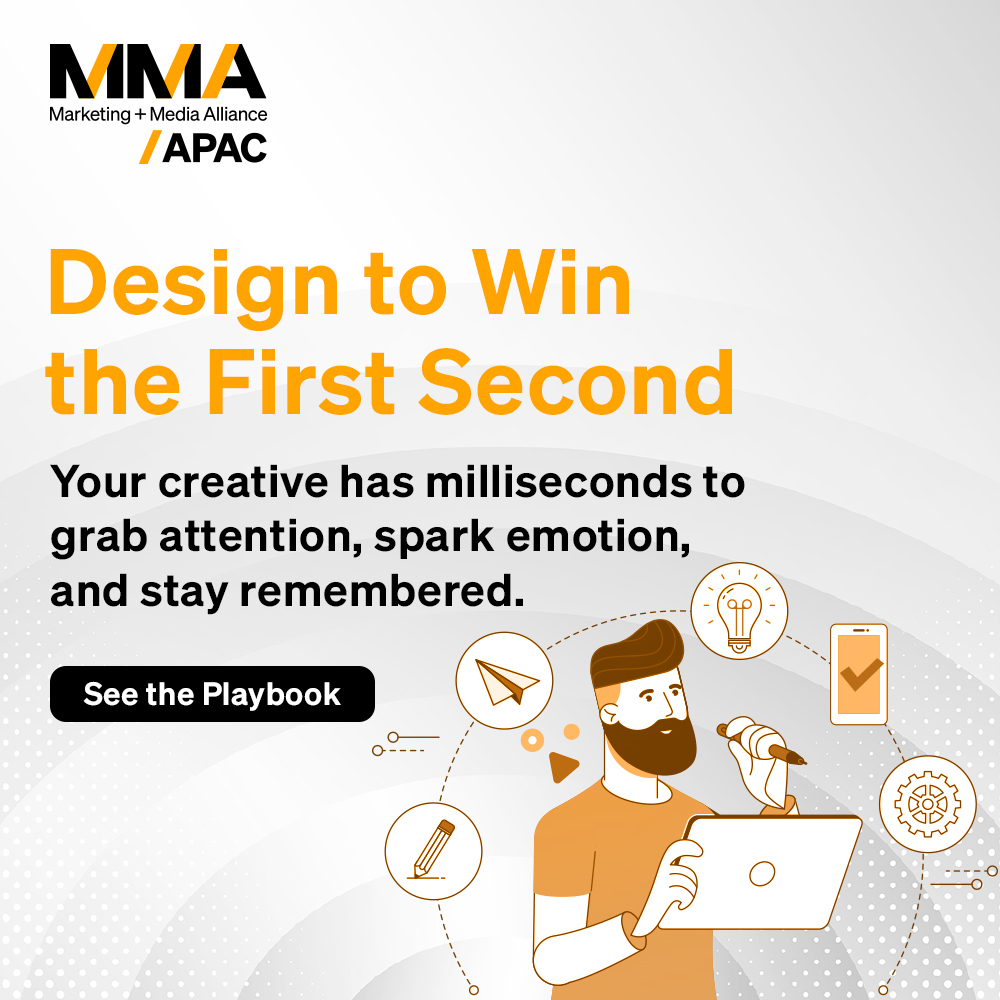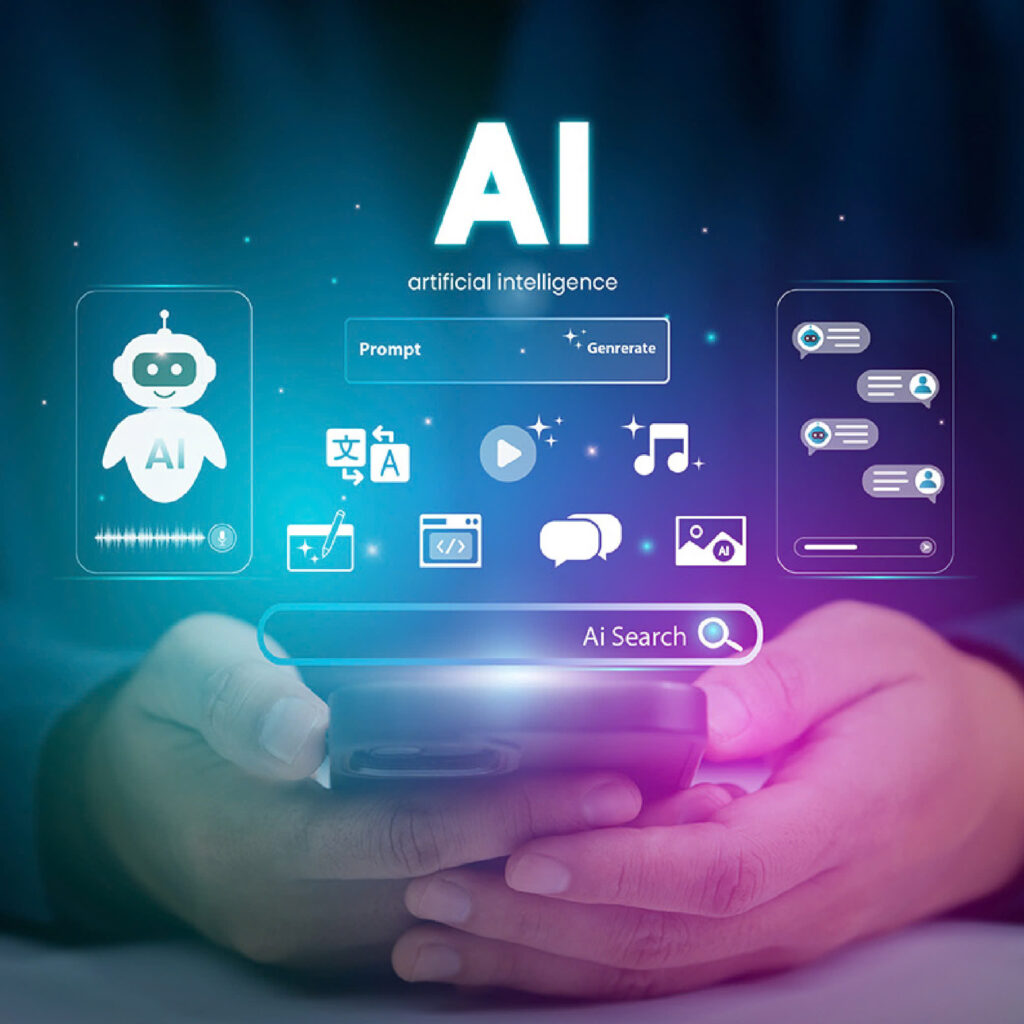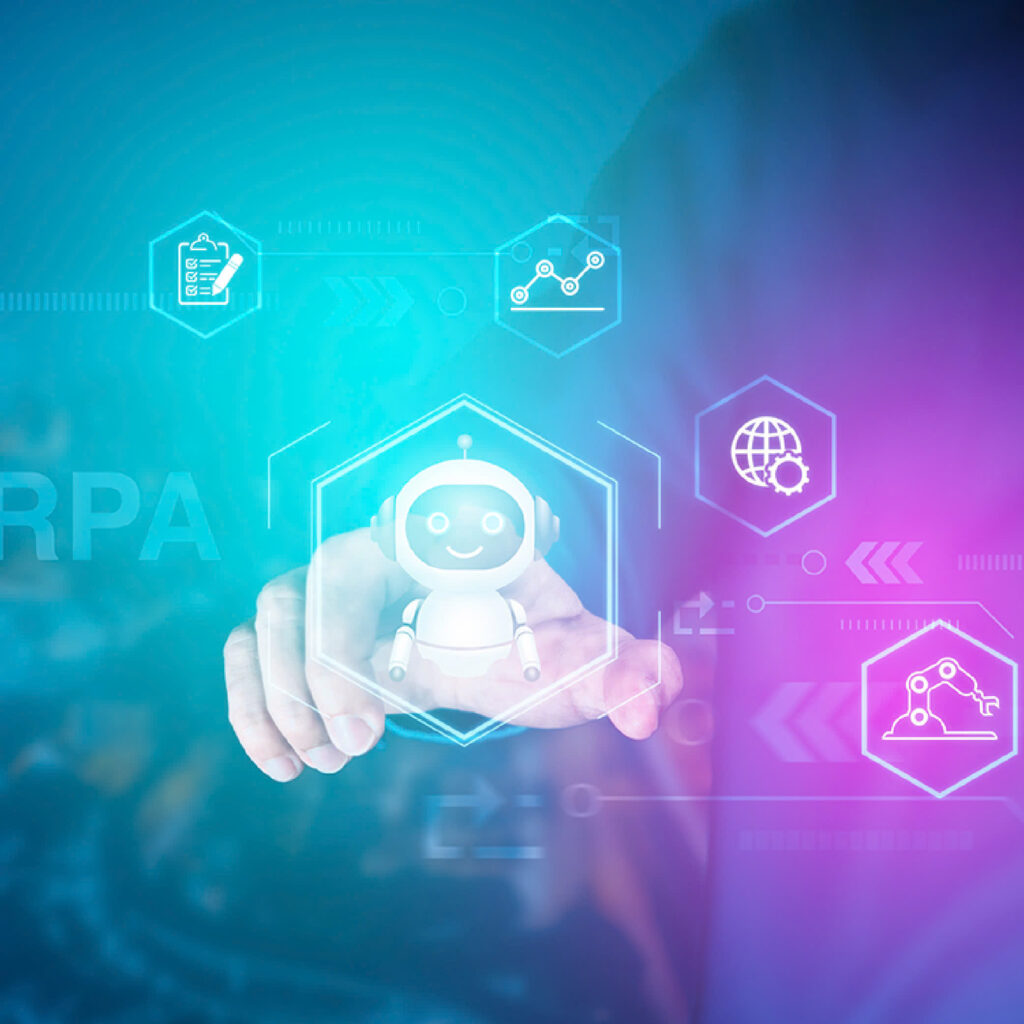
In today’s dynamic digital landscape, marketers face the ongoing challenge of reaching the right audience at the right time, across multiple channels but artificial intelligence (AI) has revolutionized audience segmentation, offering unparalleled precision and effectiveness. It has enabled brands to reach target groups across channels using big data analytics and real-time consumer behavior insights. Further, it has facilitated the effective targeting of meaningful cohorts via unique targeting parameters like geo-fencing, affinity, time, behavior, etc.
The cross-channel and mobile industry is projected to grow at an impressive CAGR of 21.3% until 2028, reaching a valuation of 732,683.4 million US dollars and this rapid expansion presents exceptional growth opportunities for brands within the multi-media mix. AI-driven segmentation provides insights into how different audience segments interact with various channels. Brands can optimize their cross-channel strategies by allocating resources to the channels that yield the best results for each segment. For example, using AI-driven consumer insights, a cosmetic brand discovered that their skincare product ads were more effective on mobile devices among young women, whereas their luxury fragrance ads resonated more with affluent viewers in app-based ads. By leveraging these insights, the brand can strategically segment its female audience, optimizing its ad spend by directing more budget to mobile ads for skincare products and focusing on in-app ads for fragrance campaigns. This approach will not only help with better conversions but also enhance brand visibility and engagement across targeted audiences on different channels.
Secondly, as AI continuously analyzes data, it enables real-time adjustments to marketing strategies so brands can quickly adapt to changing consumer behaviors and market trends, ensuring that their campaigns remain effective. Further, with detailed audience segments, brands can create highly personalized marketing messages that resonate with individual preferences and behaviors. This personalization fosters deeper connections with consumers and enhances brand loyalty.For example, a pain-relief gel brand can use AI-driven audience segmentation during major sporting events by precisely targeting segments such as avid sports enthusiasts or individuals dealing with muscle pain. This strategy can ensure maximum engagement and conversions, effectively connecting with their ideal consumers during key moments when their needs are most acute.
So to conclude, I can confidently say that AI-driven audience segmentation is a powerful tool for enhancing cross-channel marketing effectiveness and transforming how brands connect with their audiences. By leveraging the capabilities of AI to analyze vast amounts of data and identify precise audience segments, marketers can deliver more personalized, timely, and relevant messages, leading to improved customer experiences, higher conversion rates, and increased ROI. Thus, brands that embrace this technology will be well-positioned to navigate the complexities of modern consumer behavior and achieve lasting success.
Lastly, as AI technology continues to evolve, its capabilities in audience segmentation and cross-channel marketing will continue to expand.



















